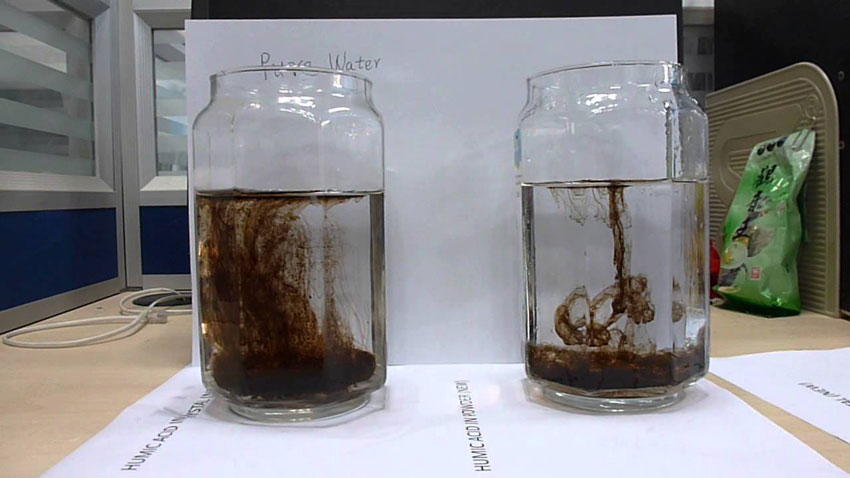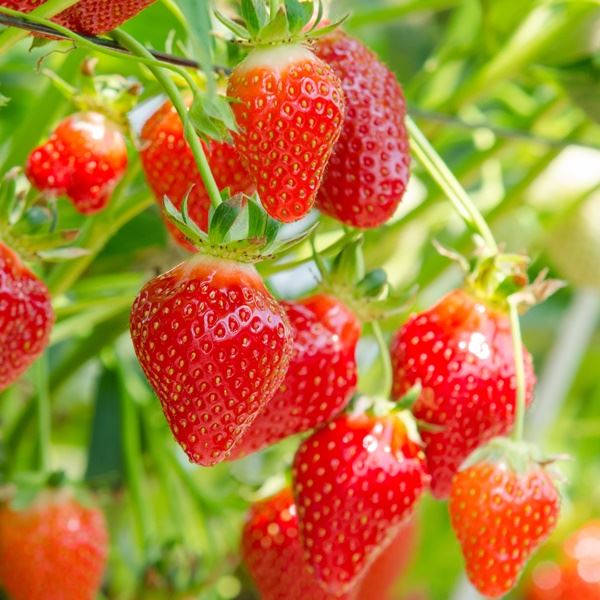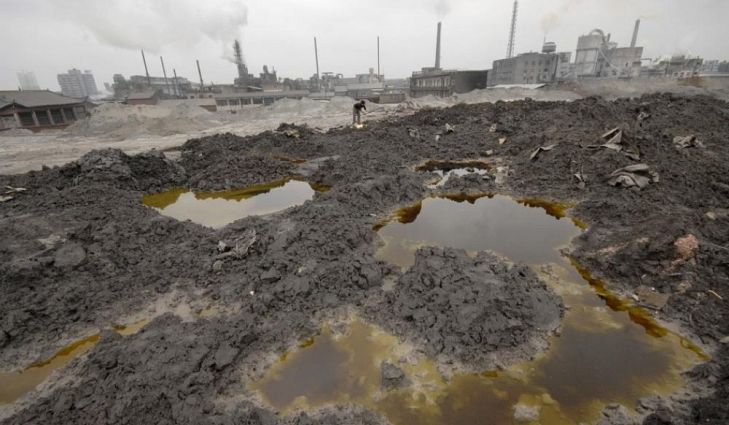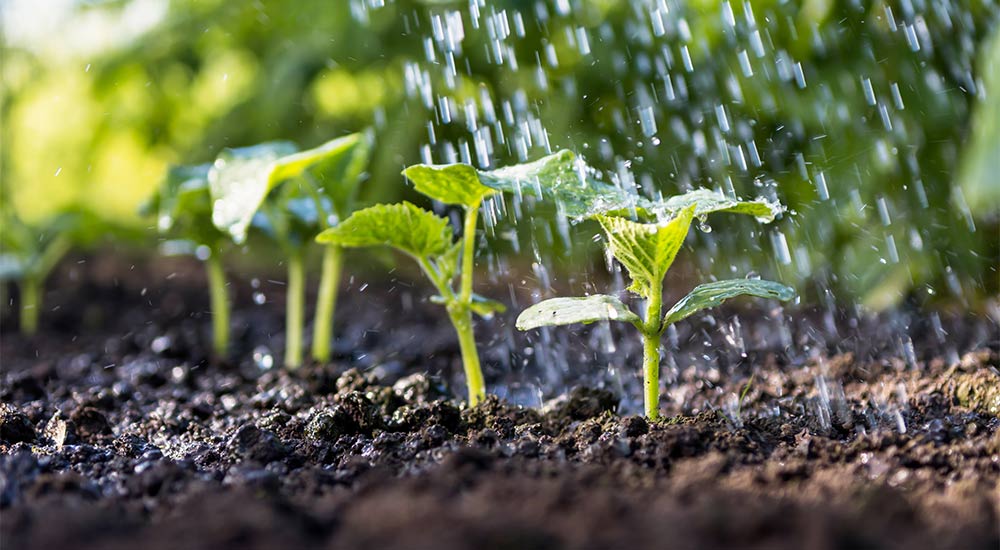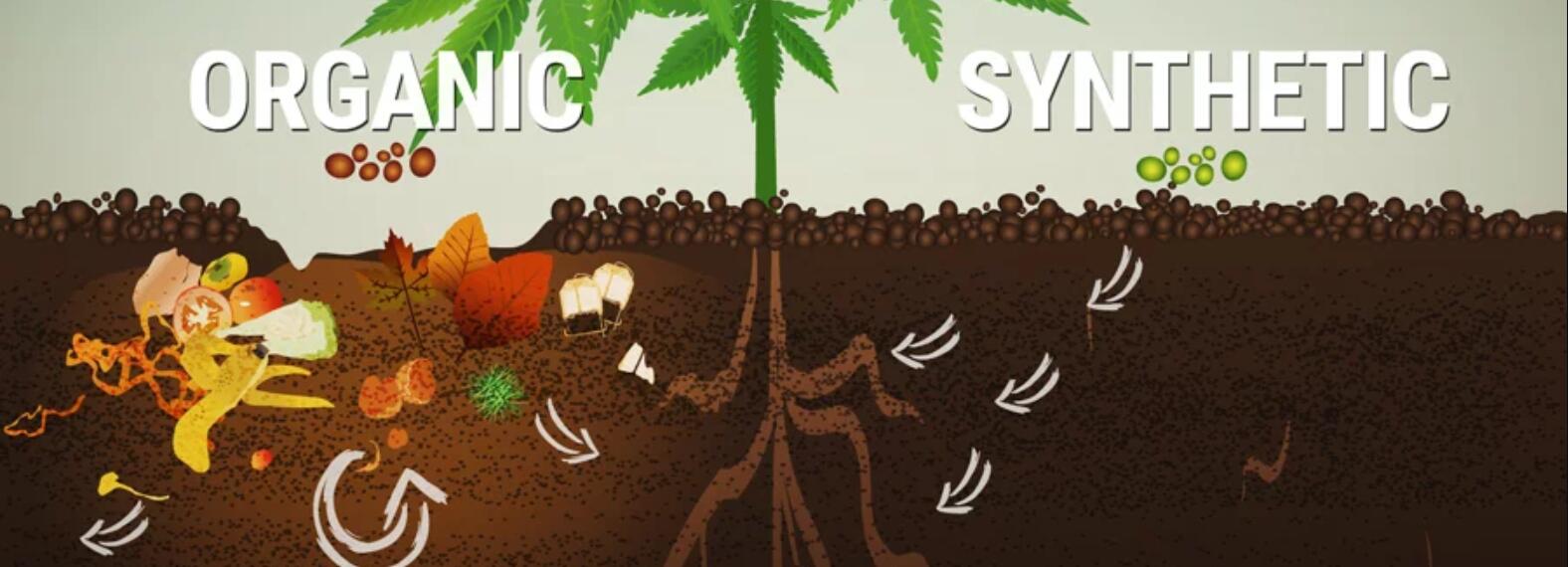Humic acid is divided into brown humic acid, fulvic acid, black humic acid. Humic acid is the remains of plants and animals, mainly plants, after the decomposition and transformation of microorganisms, as well as a series of geochemical and physical changes caused by the accumulation of a class of macromolecular organic weak acid mixture. Aaccording to its different solubility and color in different solvents, divided into fulvic acid, brown humic acid, black humic acid three kinds.
Types and Characteristics of Humic Acid
 Fulvic acid: Strong acidity, have a very good complexing effect with metal ions, inside plant transport faster, with strong stimulation;
Fulvic acid: Strong acidity, have a very good complexing effect with metal ions, inside plant transport faster, with strong stimulation;
Black humic acid: In the plant transport is slow, the stimulation is slow, easy to be adsorbed by the plant surface, has a better effect on promoting root growth;
Brown humic acid: Contains the oxygen active group medium content, moves slowly in the plant body, medium stimulates. Humic acid is widely found in soil, peat, lignite, weathered coal, ocean, lake and swamp, and a small amount of humic acid is also contained in natural water.
The total amount of humic acid contained in soil is the largest, but the average content is less than 1%. The total amount contained in salty and light water is also quite large, but the concentration is lower, so it is impossible to develop as a resource. Among the most promising humic acid resources to be exploited are some geothermal coal, such as peat, lignite and Leonardite, with a humic acid content of 10-60%.
Fulvic acid is a highly efficient macromolecular organic compound, which is the water-soluble part with the smallest molecular weight and the highest content of active groups in humic acid. Its functional groups interact to reflect a variety of specific physical and chemical properties. After entering the animal and plant body, it can play a variety of physiological functions. It acts on the metabolism of animal and plant body by inhibiting or activating enzymes. It reflects the obvious stimulating effect and plays a therapeutic role through the regulation of endocrine hormones and the improvement of immune function of the body.
General properties of humic acid

1) Its molecular weight is small and easy to be absorbed and utilized by plants;
2) It has more functional groups, more physiological activity than general humic acid, and stronger complexation ability to metal ions.
3) Humic acid is directly soluble in water, and the aqueous solution of these salts becomes alkaline, while fulvic acid is directly soluble in water and its aqueous solution becomes acidic.
The research shows that fulvic acid plays an important role in agriculture, such as improving soil, improving fertilizer efficiency, stimulating plant growth, increasing plant resistance and improving plant quality. This article summarizes the typical control effects in China as follows.
1) Improve the structure of soil, loosen the soil, enhance the fertilizer retention ability of the soil, regulate the pH value, reduce the content of heavy metals in the soil, and reduce the harm of salt ions to seeds and seedlings.
2) Nitrogen fixation, phosphorus release, and potassium activation. In particular, the efficiency of potassium fertilizer is particularly obvious, play the role of increasing roots and strong seedlings, resistance to continuous plantting, disease resistance, crop quality improvement.
3) Strengthen the adhesion and rapid absorption ability of plant roots, especially for physiological diseases caused by lack of trace elements.
 Humic acid is a polymeric heterogeneous aromatic hydroxylate with a black particle or powder solid appearance and is not soluble in water. Humic acid is a complex containing functional groups such as phenol group, quinone group and aromatic polyacid, which can dissolve in strong alkaline but not in strong acid.
Humic acid is a polymeric heterogeneous aromatic hydroxylate with a black particle or powder solid appearance and is not soluble in water. Humic acid is a complex containing functional groups such as phenol group, quinone group and aromatic polyacid, which can dissolve in strong alkaline but not in strong acid.
The humic acid in water mainly comes from the decomposition of humus on land and organic matter in water. It can be seen that it is not a single component, it is organic matter decomposed after the production of complex mixtures. And fulvic acid is a kind of humic acid. They can all be used as fertilizer. For plant absorption. amino acids, are the basic units that make up proteins. There are more than 20 kinds in nature.
Humic acid is a polymeric heterogeneous aromatic hydroxyl carboxylate. Appearance: Black powder solid, soluble in water, alkaline, containing hydroxyl, carboxylate and other active genes.
Main functions of humic acid

1.Humic acid can change the physicochemical properties of the soil with too high salt content, excessive alkalinity, highly dispersed soil particles, and poor soil structure, and promote the formation of soil aggregates to make them into a good state, thereby creating good conditions for plant root growth and development.
2. The application of humic acid can destroy the accumulation of salt, reduce the salt content of topsoil, play the role of salt insulation, improve the emergence rate, reduce the weak seedlings, dead seedlings, then make the healthy growth of plants
3. Humic acid has a high CEC, which is more than 10 times higher than the general soil. When applied into the soil, the adsorption capacity of the soil to anions was significantly improved, and the surface salt content was reduced.
4. The PH of saline-alkali land, especially alkaline soil, is too high (above 9.0), which directly endangers crop growth and even causes death. in addition, too high PH also affects the availability of nutrients such as phosphorus, iron, manganese, boron and zinc in soil. But humic acid PH 4-6, which can neutralize alkalinity, reduce the harm of eliminating alkalinity to soil and plants, improve the low yield saline-alkali land, and create good soil conditions for the growth of crop seedlings.
What is the difference between fulvic acid and humic acid?

The “five major roles” of humic acid in agriculture (improving soil, increasing fertilizer, stimulating growth, enhancing stress resistance and improving quality) have been guiding the application and progress of humic acid in agriculture.
Fulvic acid is a kind of humic acid product with wide range of use and high economic benefit. So far, it still has great market and competitive advantage in plant growth agent, anti-stress agent, fluid fertilizer, pharmaceutical preparation, cosmetics and so on.
The “four-agent function” of fulvic acid in agriculture (drought-resistant agent, growth regulator, pesticide slow-release synergist and chemical element complexing agent) is a classic, as a drought-resistant agent is unique.

